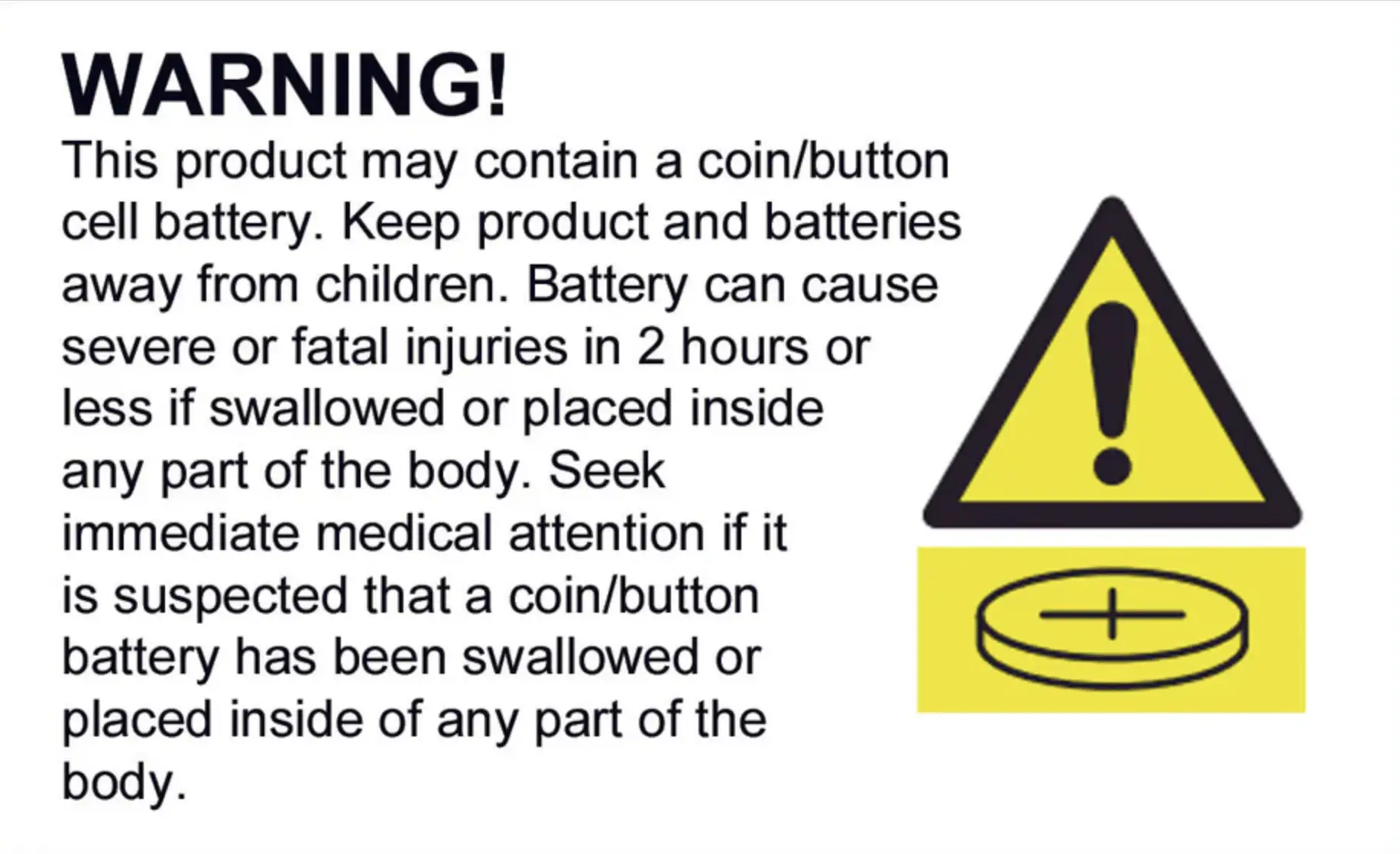Order for your organisation.
Learn how to place education orders with Little Bird.
Stay updated with our latest products by adding our feed to your RSS reader! Subscribe to
https://littlebirdelectronics.com.au/collections/new.atom
to ensure you never miss out on new arrivals.
So maybe it's not "back to school" season any more - but here at Adafruit, we like to think that it's always a good time to learn somethin...
View full detailsSophisticated. Elegant. Open Source. The iNecklace is a gorgeously machined aluminum pendant with a subtle pulsating LED. Perfect for the playa ...
View full detailsGicren Booster-B36V2A5 (Brushed DC Motor Controller) is a dual H-bridge power driver, which integrates 2*4 N-Channel MOSFETs(with low Drain-S...
View full detailsUHF RFID MODULE-USB, this RFID tag reader is a remote read-write module of IC card using non-contact UHF technology. It can be widely used ...
View full detailsSo maybe it's not "back to school" season any more - but here at Adafruit, we like to think that it's always a good time to learn something n...
View full detailsThis graphical display looks fantastic, at a great price! This display will add the ultimate cool to your project, with a black negative display...
View full detailsThis 3 position screw terminal block provides a simple way to connect wires to a single connection point. These blocks allow wires to be screwed to...
View full detailsThis ball caster was originally released as a replacement part for the 3pi robot, but the 1/2″ ball can also be used a replacement part for the new...
View full detailsRomeo for Intel Edison controller is a multi-purpose, all-in-one development platform based on Intel Edison and Arduino SoC. It is especia...
View full details5.0 / 5.0
1 Review
There’s nothing worse than getting ready for a good hack and then realizing that you can’t even get the box open because you don’t have the right s...
View full detailsIf you ever find yourself connecting handfuls of resistors to the ground bus of your breadboard, you may consider these SIL-packaged resistors as a...
View full detailsThese are the same RGB LEDs that were used for the old WS2801 breakout board. They’re great when you need a lot of color from not a lot of board sp...
View full details5.0 / 5.0
1 Review
This is 30 feet of conductive thread spun from stainless steel fiber and wound on a plastic bobbin. Use it to sew up all of your e-textile proje...
View full detailsAre you tired of having to accommodate inconvenient power supplies and compromise the mobility and customization of your project? The BooSTick from...
View full details5.0 / 5.0
1 Review
This 2x20 shrouded header has the same number and spacing of pins as a Raspberry Pi so you can easily connect via ribbon cable to the low-level per...
View full detailsIf you ever find yourself connecting handfuls of resistors to the ground bus of your breadboard, you may consider these SIL-packaged resistors a...
View full detailsThis is the Raspberry Pi Channel Mount, a simple snap on add-on set that provides a quick and simple way to attach a Raspberry Pi B, B+, or 2 to...
View full detailsThis light ball caster uses a 3/4″ diameter plastic ball. The height of the assembled kit ranges from 0.9″ to 1.2″, depending on the combination of...
View full detailsMixtile LOFT-Q (A31 Quad-Core Processor) Developer Kit is the second series prototyping board of Mixtle Project. Based on the Allwinner A31 s...
View full detailsPower over Ethernet (PoE) splitters can make your project wiring a breeze - and best of all they work to connect any 802.3af-capable router to a...
View full detailsTo celebrate the sale of their ten millionth Raspberry Pi, the Raspberry Pi Foundation for the first time has put together their own idea of wha...
View full detailsA simple SMD slide switch. Perfect for when you need access to a setting or a power switch from the edge of a PCB buried deep within a project. ...
View full detailsThe Dreamer Nano V4 is a surface mount breadboard embedded version of the ATMEGA 32U4 with integrated Micro USB. It has everything that Arduino ...
View full detailsCigarette lighter power lead with IP67 2.1mm DC plug. Features: * 3m long * Suits ZD-0578/79 LED flexible strip li...
View full details